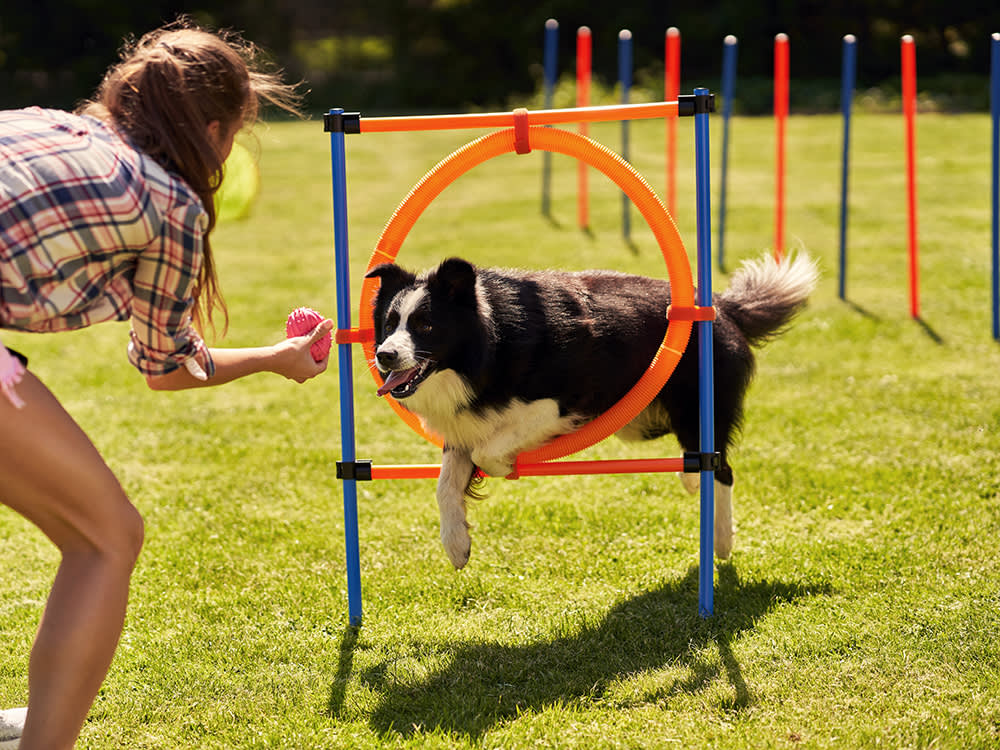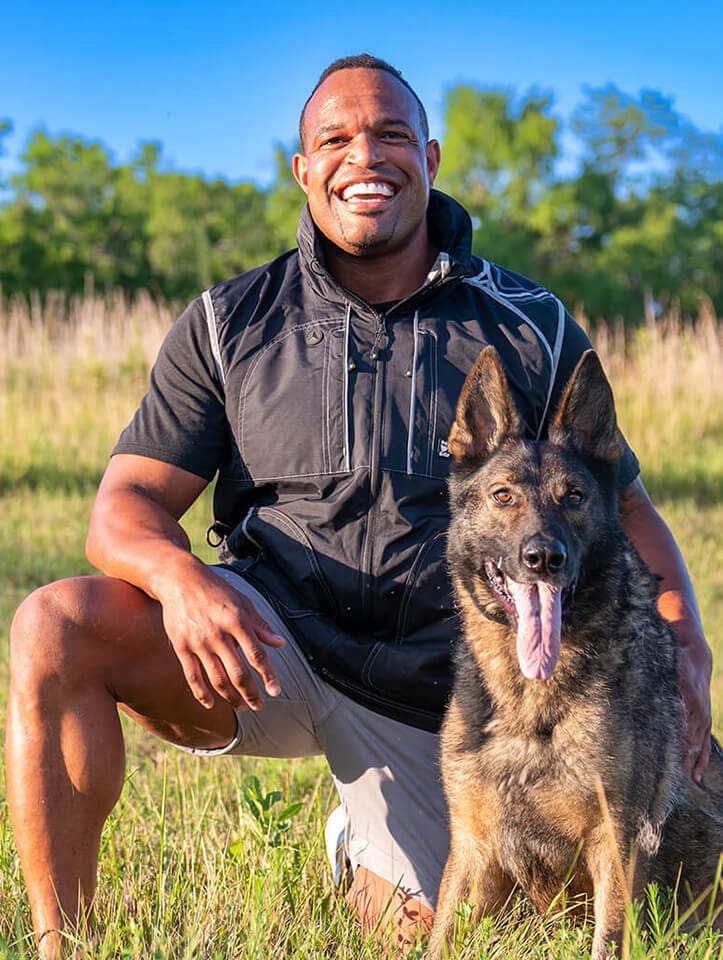Proven Canine training strategies for well-behaved dogs.
Proven Canine training strategies for well-behaved dogs.
Blog Article
Leading Pet Dog Training Tips for a Mannerly Companion
Training your dog to be a well-behaved companion needs a nuanced understanding of canine behavior and the application of reliable techniques. The journey to a courteous animal entails even more than simply these basics; it demands a much deeper expedition of techniques that can transform your training strategy.
Recognizing Dog Behavior
Comprehending canine actions is vital for efficient pet training and cultivating a harmonious partnership in between pet dogs and their proprietors. Dogs are complicated creatures, exhibiting a vast array of actions affected by genes, environment, and socializing. Acknowledging the underlying inspirations for a pet dog's activities-- such as anxiety, exhilaration, or territorial impulses-- can significantly boost training performance.
Observing body movement is a vital facet of comprehending canine actions. Tail setting, ear orientation, and stance can give important understandings into a pet's emotion. For instance, a wagging tail does not always suggest joy; it can additionally signify anxiety or stress and anxiety. Social communications with other canines and people play an important function in forming habits. Canines that experience favorable socialization are usually a lot more versatile and courteous.

Important Educating Commands
Mastering essential training commands is vital for establishing effective interaction in between dogs and their proprietors. These commands serve as the foundation for a mannerly pet and can dramatically improve the total partnership in between pet and proprietor.
Trick commands consist of "Sit," "Stay," "Come," "Down," and "Heel." The command "Sit" is frequently the initial instructed, as it encourages peace and emphasis. "Keep" strengthens a pet's ability to continue to be in one position, promoting self-constraint. "Come" is vital for security, guaranteeing that your dog go back to you when called. "Down" advises your pet dog to relax, which can aid in taking care of thrilled habits. Dog training near me. Lastly, "Heel" instructs your canine to stroll alongside you, fostering far better chain good manners.
Practicing these commands in numerous atmospheres assists dogs generalize their training and respond properly, regardless of distractions. By spending time in teaching these crucial commands, owners can cultivate a harmonious and respectful connection with their canine buddies, improving both safety and pleasure in daily communications.
Positive Reinforcement Methods
Positive reinforcement strategies are necessary approaches in pet training that concentrate on rewarding preferred actions to encourage their reoccurrence. This method leverages the natural knowing processes of pets, enabling them to link certain activities with positive outcomes. By utilizing deals with, praise, or playtime as incentives, trainers can properly motivate pet dogs to duplicate the actions they intend to strengthen.
To apply favorable support, it is vital to supply incentives quickly after the wanted actions occurs. This assists the pet make a clear link between their action and the incentive. Consistency is additionally important; incentives must be offered each time the preferred behavior is shown throughout the first training phase, gradually transitioning to a variable timetable as the behavior comes to be more trusted.
Understanding your pet dog's preferences can improve the training experience. Inevitably, positive support fosters a relying on partnership in between the canine and owner, making training a much more delightful and reliable process that develops a well-behaved companion.

Socializing Strategies
Reliable socializing techniques are essential for a dog's development, as they help develop a well-shaped and confident companion. Very early direct exposure to different settings, individuals, and various other animals is important to protect against behavioral concerns in their adult years. Begin this procedure during the critical socialization period, which generally happens between three and fourteen weeks old.
Present your young puppy to diverse stimuli, such as different surfaces, appears, and scents. Managed experiences with other pet dogs and pleasant people can cultivate favorable organizations. Young puppy courses are a superb source, giving organized atmospheres for social interaction and learning fundamental commands.
Gradually increase the complexity of socializing experiences. Take your pet dog to parks, pet-friendly shops, and public events, guaranteeing each encounter is favorable. Observe your canine's reactions and remove them from frustrating situations to prevent fear-based reactions.
Utilize positive support to award tranquil and positive actions during social interactions. This can involve treats, praise, or playtime. Keep in mind, perseverance is essential; each pet has its very own speed for getting used to new experiences. By executing these socialization approaches, you prepared for a well-adjusted and sociable canine buddy.
Uniformity and Routine
Establishing consistency and regimen in pet training is necessary for fostering a feeling of safety and security and understanding in your pet dog. Dogs grow on predictability; recognizing review what to expect aids them click this site really feel risk-free and lowers anxiousness.
Incorporating an organized regimen right into your training sessions also boosts your pet's understanding experience - Dog training near me. Schedule daily training sessions at the very same time each day, making sure that both you and your pet are emotionally ready. Short, regular training sessions are more effective than long, infrequent ones; objective for 5 to 10 minutes of concentrated training several times a day
Include training right into everyday tasks-- reward your pet for resting prior to dishes or strolling steadly on a leash. In general, a constant technique, coupled with an organized routine, lays the structure for a mannerly buddy, promoting a harmonious partnership between you and your canine.
Verdict
Finally, effective canine training relies upon understanding canine habits and applying necessary commands such as "Sit," "Keep," and "Come." Positive support methods offer to urge preferred habits, while very early socialization prepares dogs for varied settings. Developing consistency and a regular fosters predictability, which adds to a well-behaved buddy. By stressing these essential elements, the bond in between proprietor and canine enhances, ultimately resulting in view publisher site an unified and meeting relationship.
Report this page